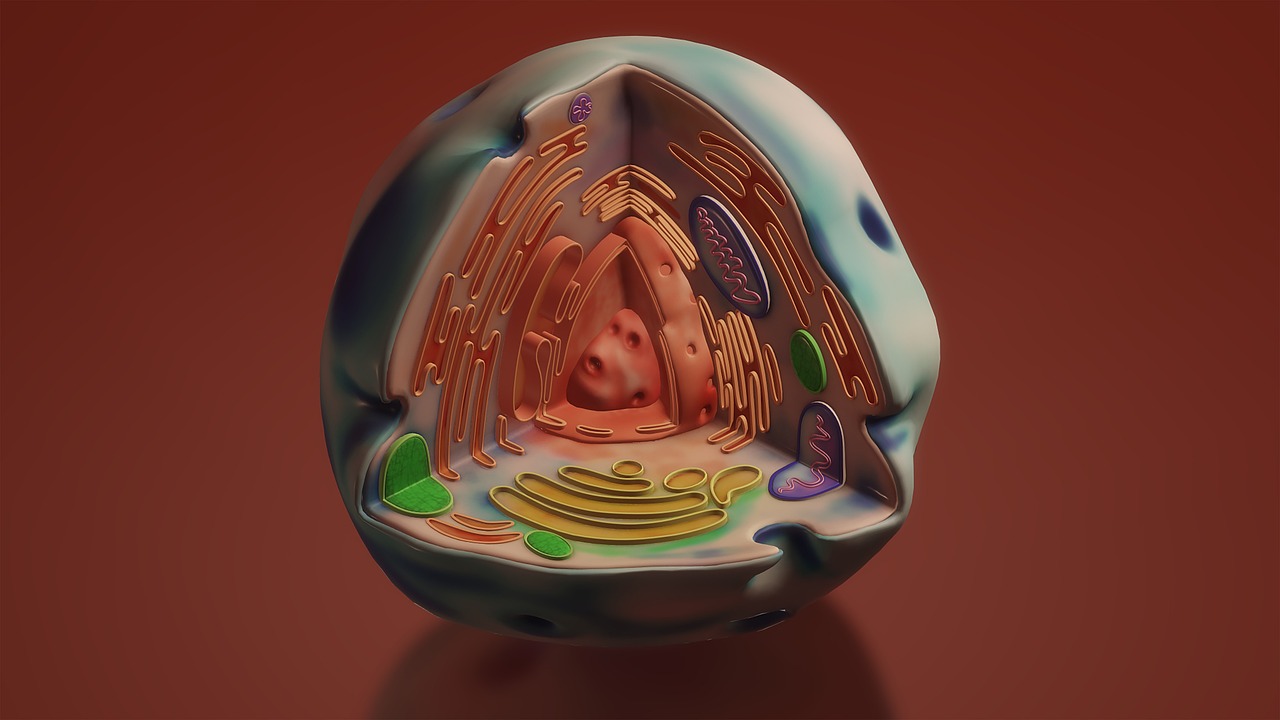Sea stars, also known as starfish, are fascinating marine creatures that have captured the imagination of humans for centuries. They can spawn clones when cut in half, regrow arms, and some species use detached arms as decoys to evade predators.
Sea stars have no brain or blood, they eat by everting their stomach outside their body to digest prey and have light-sensitive eyespots on their arms. A starfish has five identical arms supported by tube-like structures, facilitating movement on the ocean floor.
But it turns out that our understanding of a sea star’s body composition is incorrect!
For a long time, scientists struggled to identify the central regions or “heads” of starfish. New genetic research indicates that the marine creature may not have traditional arms or legs but instead is a single, massive, crawling head. That’s correct…contrary to the cute crayon sketches by millions of children worldwide, those adorable arms are not truly arms. Genetically speaking, they are predominantly part of the head.
Using a specialized genetic sequencing technique, researchers from Chan Zuckerberg Biohub San Francisco, working with labs at Stanford University and the University of California Berkeley were able to unravel the makeup of the sea star in a way that had never been done before.
Researchers aim to explore the evolutionary aspects of the sea star’s nervous system for insights into our own development. Additionally, they plan to investigate the specialized survival strategies employed by sea stars over millions of years, with the hope that uncovering such knowledge could contribute to more effective approaches in combating human diseases.







